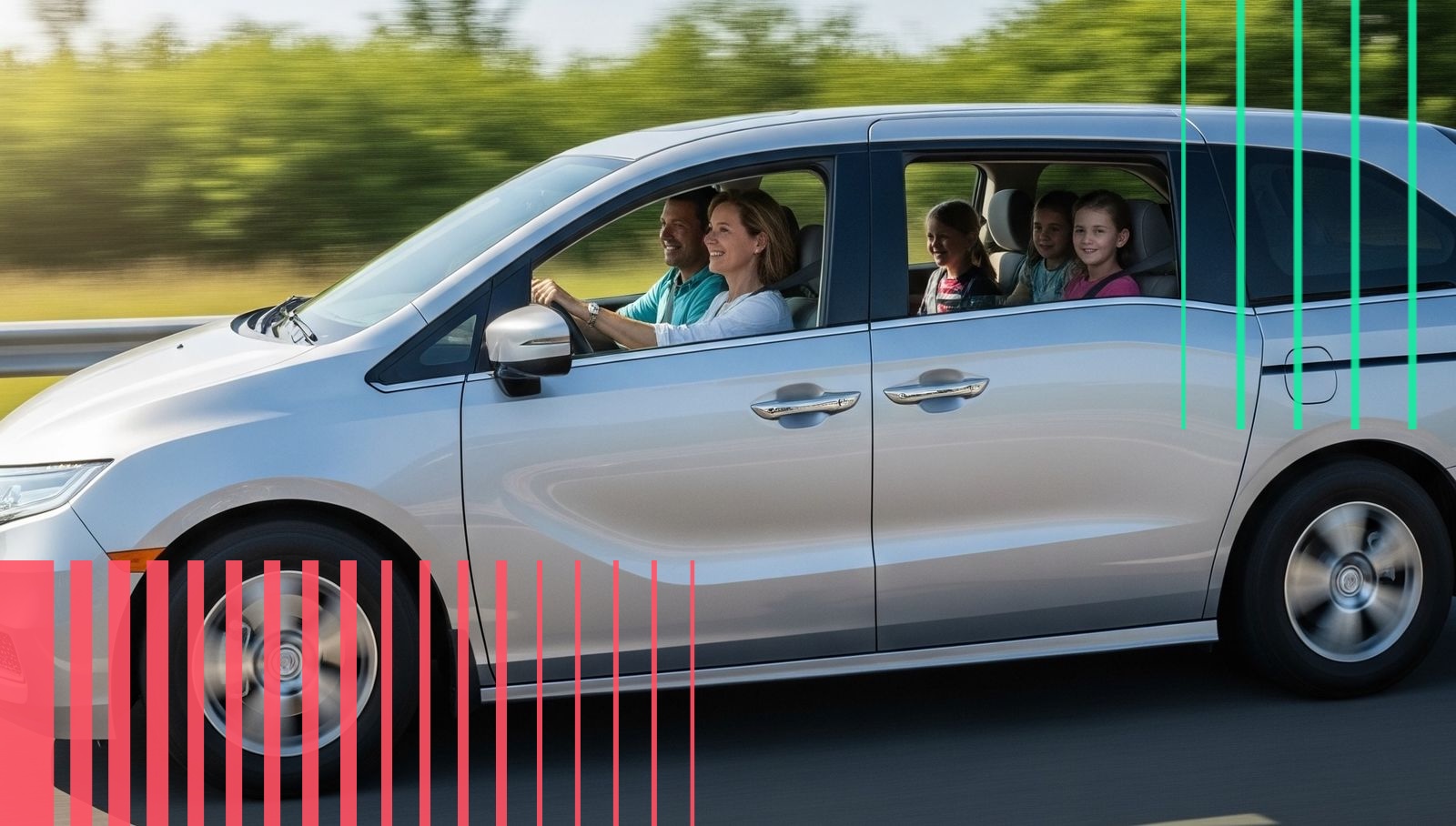Executive-level take-aways
|
2023 |
2024 |
2025¹ |
| Total Filings |
4,508 |
3,696 (-18%) |
1,222 (YTD through Q2) |
| Average requested/approved rate impact |
+8.5% |
+4.7% |
+0.5% |
| Pct. of filings ≥ +10% |
35% |
18% |
3% |
| Pct. of rate decreases |
<1% |
15% |
45% |
| Total written-premium affected |
$31.5B |
$12.5B |
$2.7B |
The rate‑hike cycle is over. Average impacts have fallen 85% since the Q3‑2023 peak, and almost half of all 2025 filings now lower or hold rates flat.
Trend lines your C‑suite will care about
- Sharp deceleration, not just moderation - Average impacts slid from 9% in Q3‑2023 to 0.5% by Q2‑2025. Carriers are no longer “catch‑up pricing” for inflation; they are pivoting to retention defense and selective give‑backs.
- Filings are fewer, but still frequent - Volumes fell only 9% year‑over‑year. Instead of one big filing, carriers are tranching multiple sub‑1% filings—a tactic executives should recognize as a regulatory‑risk hedge.
- California remains the outlier - Despite the softening market, California alone accounts for $7.8B of cumulative premium change (2023‑25) at a 16–19% average impact, more than the next three states combined. Expect heightened political scrutiny.
- Carrier divergence is widening - Nationwide and State Farm posted negative average impacts in 2025 (‑1.9% and ‑0.9%), signalling an aggressive retention play. By contrast, Farmers and Liberty still push mid‑single‑digit increases.
- West > East > South > Midwest on rate appetite - Regional average impacts run 6.5%, 6.5%, 5.7%, 4.8% respectively, confirming that loss‑cost relief is arriving first in the Midwest while catastrophe‑exposed West and East remain elevated.
Counter‑intuitive findings
| Observation |
Why it matters |
| Rate decreases soared from 23 filings in 2023 to 131 in 2025 (87% loss severity, +mileage based credits). |
Signals insurers are confident that frequency suppression (telematics, usage based programs) is over offsetting inflation. |
| Total written premium affected keeps rising even as impacts fall. |
Carriers are leveraging book roll or territory mix filings—spreading smaller changes across larger exposures. |
| Texas filings: high premium ($6.6 B) but only 4.7 % average impact. |
Reflects regulator messaging that magnitude is capped; carriers respond with frequency instead. |
| High impact (≥ +10 %) filings collapsed from 35 % to 3 % of activity. |
Regulator push back is biting; insurers are switching to “micro cycle” filings to stay below political radar. |
Emerging concepts to monitor
| Concept |
Signals in the data |
Executive implication |
| Micro cycle filings |
Spike in <1% filings each quarter |
Re-tool pricing ops for continuous rather than annual cycles. |
| Telematics-driven give backs |
Negative impacts concentrated at Nationwide & State Farm |
Expect margin compression for non telematics books; accelerates adoption race. |
| AI/ML segmentation scrutiny |
CO, NY, WA filings cite “predictive fairness analyses” |
Budget for compliance analytics & model governance tooling. |
| Cat risk capital loadings |
CA and FL continue double digit increases while national trend falls |
Diversification and reinsurance strategy, not just pricing, will drive ROE. |
Action checklist for leadership
- Re‑forecast top‑line growth assuming sub‑2% personal‑auto rate lift through 2026; offset with retention uplifts and cross‑sell plays.
- Invest in real‑time rating infrastructure to enable micro‑cycle filings and telematics credits without bloating filing volumes.
- Prepare a multi‑state regulatory engagement plan—especially in California, New York, Colorado—focused on fairness/AI narratives.
- Revisit catastrophe reinsurance layers; underwriting margin alone will not cover CA/FL volatility as rate caps tighten.
¹ 2025 data covers Q1–Q2 only, yet the directional shift is already clear.



